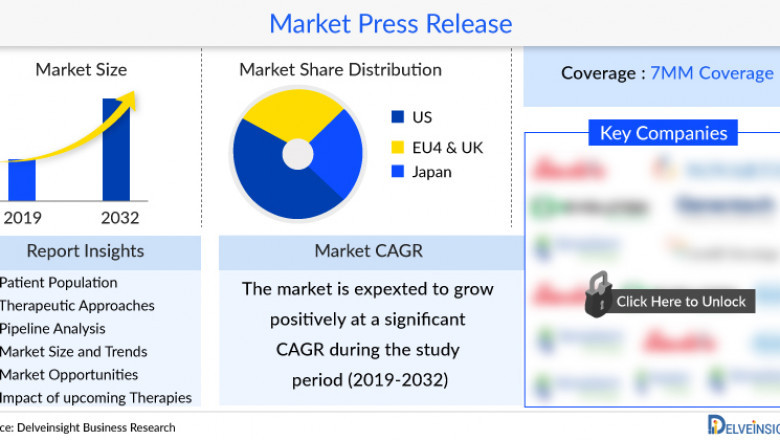views
Epidemiology
-
Prevalence and Incidence:
-
Global Prevalence: The global incidence of hypercoagulability is rising due to an increasing number of risk factors such as aging, sedentary lifestyles, obesity, and cancer.
-
Thrombosis Rates: Approximately 1-2 cases per 1,000 people annually for venous thromboembolism (VTE), with certain high-risk populations (such as those with cancer or pregnancy) having higher incidences.
-
Genetic Factors: Inherited conditions such as Factor V Leiden mutation and prothrombin gene mutation (G20210A) contribute to hypercoagulability and are more prevalent in specific populations (e.g., European descent).
-
Acquired Conditions: Diseases like antiphospholipid syndrome, cancer, obesity, autoimmune diseases, and pregnancy can also lead to a hypercoagulable state.
-
Geographic Distribution:
-
High Incidence: Certain populations, such as those with Factor V Leiden mutation, exhibit higher rates of hypercoagulability, particularly in Caucasian populations.
-
Regions Affected: The condition is global, but prevalence rates are particularly high in the United States, Europe, and parts of Asia, due to lifestyle factors and improved diagnostic awareness.
Request for a Free Sample Report @ Hypercoagulability Market
Market Insights
-
Current Treatment Landscape:
-
The mainstay of treatment for hypercoagulability revolves around anticoagulation therapies:
-
Warfarin (Vitamin K antagonists) and Direct Oral Anticoagulants (DOACs) such as rivaroxaban, apixaban, and dabigatran are commonly prescribed.
-
Heparin and low-molecular-weight heparin (LMWH) are used in hospital settings, especially in high-risk patients.
-
Antiplatelet therapies like aspirin may also be prescribed in some cases, particularly for arterial thrombosis.
-
Market Drivers:
-
Increased Awareness: Growing awareness about thrombophilia and hypercoagulability due to improved diagnostic tools and genetic testing.
-
Rising Prevalence: The growing prevalence of diseases such as cancer, obesity, and autoimmune conditions, which increase the likelihood of hypercoagulability.
-
Advances in Diagnostics: Improved diagnostic capabilities, including genetic testing (e.g., for Factor V Leiden), allow for better detection and management.
-
Therapeutic Innovation: The development of novel anticoagulants and personalized treatments based on genetic and clinical factors are fueling market growth.
-
Market Barriers:
-
Treatment Risks: Current treatments, particularly anticoagulants like warfarin, carry a risk of bleeding complications.
-
Adherence to Long-Term Therapy: Patients on long-term anticoagulant therapy often face difficulties with adherence due to side effects or the need for frequent monitoring.
-
High Cost of Therapy: Some advanced treatments like DOACs can be expensive, limiting access in low-resource settings.
Request for a Free Sample Report @ Hypercoagulability Market
Pipeline and Emerging Therapies
-
New Therapeutic Developments:
-
There is significant ongoing research in targeted therapies for hypercoagulability, such as:
-
Factor XI inhibitors: Targeting the coagulation cascade to reduce thrombosis risk without significantly increasing bleeding risk.
-
Gene therapies and biologics aimed at correcting or modulating the prothrombotic state in patients with inherited thrombophilias.
-
Gene Editing technologies like CRISPR may offer potential future treatments by addressing genetic causes of hypercoagulability.
-
Emerging Anticoagulants:
-
The development of new DOACs with improved safety profiles, reduced bleeding risk, and more convenient administration forms are expected to dominate the market.
-
Companies such as Bayer, Bristol-Myers Squibb, and Pfizer are at the forefront of clinical trials and research aimed at improving anticoagulant efficacy and safety.
Market Forecast (2024-2032)
-
Growth Projections:
-
The global hypercoagulability market is projected to grow at a significant compound annual growth rate (CAGR) through 2032, driven by increasing awareness, diagnostic capabilities, and demand for more effective therapies.
-
Key markets such as the United States, Europe, and Asia-Pacific are expected to witness substantial growth in the coming years.
-
Market Segmentation:
-
By Type: The market can be segmented by inherited thrombophilias (Factor V Leiden, Prothrombin G20210A mutation) and acquired hypercoagulable states (e.g., cancer-associated thrombosis, antiphospholipid syndrome).
-
By Treatment: Anticoagulants, antiplatelet therapies, and emerging biologics.
-
By Geography: North America and Europe will remain dominant markets, but Asia-Pacific and Latin America are expected to witness faster growth due to improving healthcare access.
-
Key Players:
-
Bristol-Myers Squibb, Pfizer, Sanofi, Bayer, Daiichi Sankyo, and Portola Pharmaceuticals (now part of Alexion Pharmaceuticals) are some of the major companies working to expand their portfolio of anticoagulants and therapies for hypercoagulability.
Challenges and Future Outlook
-
Challenges:
-
Despite the availability of several anticoagulants, finding personalized and safe treatments for all subtypes of hypercoagulability remains challenging.
-
Cost of Therapy: The high cost of some advanced treatments, especially novel anticoagulants, may limit access in developing regions.
-
Long-Term Treatment: Ensuring patient adherence to long-term anticoagulation therapy remains a significant hurdle.






















Comments
0 comment